Chromium Fluoride Sputtering Target Description
Chromium fluoride sputtering target is a fluoride ceramic material composed of chromium (Cr) and fluorine (F). It is commonly used in thin film deposition processes across various industries, including semiconductors, displays, and optical coatings, due to its desirable properties like high resistance to corrosion and oxidation.
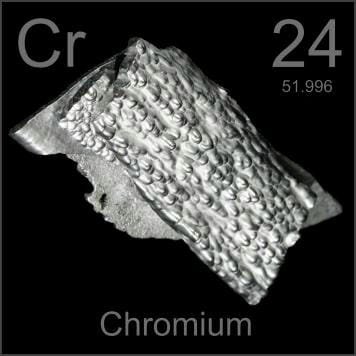 Chromium is a chemical element with the symbol “Cr” and atomic number 24. The name “chromium” is derived from the Greek word ‘chroma,’ meaning color, due to the various colorful compounds it forms. Chromium was discovered in ancient times, notably being used in the creation of the Terracotta Army’s weapons. It is a d-block element located in Period 4 and Group 6 of the periodic table. The relative atomic mass of chromium is 51.9961(6) Dalton, with the number in brackets indicating the uncertainty.
Chromium is a chemical element with the symbol “Cr” and atomic number 24. The name “chromium” is derived from the Greek word ‘chroma,’ meaning color, due to the various colorful compounds it forms. Chromium was discovered in ancient times, notably being used in the creation of the Terracotta Army’s weapons. It is a d-block element located in Period 4 and Group 6 of the periodic table. The relative atomic mass of chromium is 51.9961(6) Dalton, with the number in brackets indicating the uncertainty.
Related Product: Chromium Sputtering Target
Fluorine, represented by the symbol “F,” is a chemical element with atomic number 9. Its name comes from the Latin word ‘fluere,’ meaning “to flow,” reflecting its role in fluorite’s use as a flux in smelting. Fluorine was first identified in 1810 by A.-M. Ampère, and its isolation was successfully achieved by H. Moissan. It is located in Period 2 and Group 17 of the periodic table, within the p-block. The relative atomic mass of fluorine is 18.9984032(5) Dalton, with the number in parentheses indicating the uncertainty in the measurement.
Chromium Fluoride Sputtering Target Application
The chromium fluoride sputtering target is employed in a variety of applications including thin film deposition for semiconductors, displays, LEDs, and photovoltaic devices. It’s also used for decorative coatings, functional coatings in optical information storage industries, and glass coatings, such as those used in automotive and architectural glass. Additionally, this material is valuable in optical communication systems, providing durable and effective coatings that enhance performance and longevity.
Chromium Fluoride Sputtering Target Packing
Our chromium fluoride sputter targets are carefully tagged and labeled externally to ensure efficient identification and maintain quality control. We take great care during storage and transportation to prevent any damage, ensuring the products arrive in optimal condition.
Get Contact
TFM offers Chromium Fluoride Sputtering Targets in various forms, purities, sizes, and prices. We specialize in high-purity thin film deposition materials with optimal density and minimal grain sizes, which are ideal for semiconductor, CVD, and PVD applications in display and optics. Contact Us for current pricing on sputtering targets and other deposition materials that are not listed.


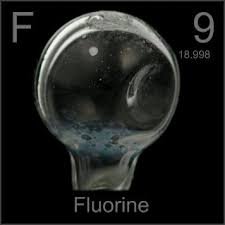
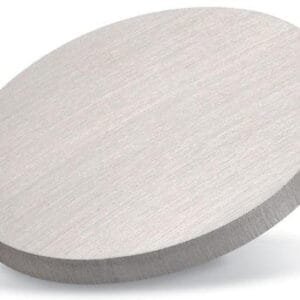
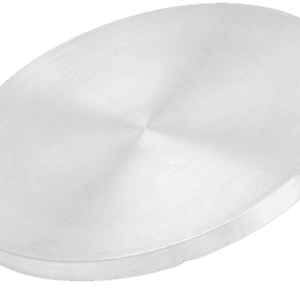
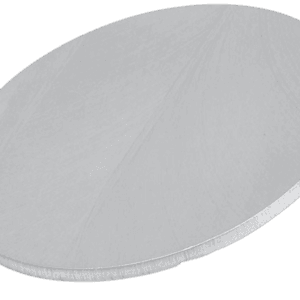
Reviews
There are no reviews yet.